Three weeks ago I introduced Ernest Rinzi’s encrypted journal – one of the most spectacular cryptograms I have ever seen. London-based codebreaker Tony Gaffney has now broken a large part of the cipher. Maybe a reader fluent in Italian can fill in the gaps and supply a translation.
Ernest Rinzi (1836-1909) was a jeweler, goldsmith and miniaturist, who lived in London. He exhibited miniature portraits at the Royal Academy and was a member of the Society of Miniature Painters.
Rinzi’s notebook
Until recently, Ernest Rinzi was completely unknown in the crypto history community. Apparently, nobody ever took notice that this artist of Italian decent created a spectacular crypto mystery. He filled a notebook with drawings and text written in a secret alphabet. When blog reader David Scheers told me about this cryptogram, I was absolutely overwhelmed. For me it was the cryptogram discovery of the year.
Excerpts of Ernest Rinzi’s encrypted notebook can be seen on the Tumblr site of the Rare Book & Manuscript Library at the University of Illinois at Urbana-Champaign (check here, here and here). 23 pages are shown. I don’t know how many there are in total.
Rinzi’s journal represents an unusual combination of art and encryption. It reminds me of Charles Dellschau’s books, which also contain encrypted text and drawings. James Hampton is another artist who left behind an encrypted notebook.
Tony Gaffney’s solution
Last Sunday I received an email from Tony Gaffney, a London-based codebreaker who has been very successful in breaking cryptograms I introduced on this blog. Among many other things, he broke a number of cryptographic challenges created by Giovan Battista Bellaso in the 16th century. In addition, Tony has created interesting crypto and stegano challenges himself, including a chess cipher.
Tony looked at the following part of the journal – especially at the seven large lines:
Based on frequency analysis and guessed words (maybe he will tell us a little more in a comment) Tony deciphered these lines. Here’s the cleartext:
The first line reads as follows: O DIVINO IDDIO SANTO BUONO O SALVATERIO GRAZEI GRAZI
As can be seen, the cleartext contains a few gaps. Some of them can be filled with a substitution table Tony provided me later:
According to Tony, the following symbols are numbers:
The order the numbers appear in is probably 9 4 8 3 7 2 6 1 5 0 (Tony is not absolutely certain yet).
Now Tony and I hope that someone fluent in Italian can fill in the gaps and supply a translation of the cleartext. In order to read the whole notebook it will be necessary to decrypt its content using Tony’s substitution table. There’s no doubt that this will be a lot of work.
Of course, I will inform the Rare Book & Manuscript Library at the University of Illinois about Tony’s success. I hope, they have experts who can exploit the cleartext.
Congratulations to Tony Gaffney
It goes without saying that I am once more amazed about Tony’s codebreaking skills. Deciphering a text from the 19th century without even knowing the language it is written in seems pretty tough to me. I congratulate Tony on this great codebreaking achievement. I am proud that my blog served as a platform for this outstanding decipherment.
Follow @KlausSchmeh
Further reading: How Paolo Bonavoglia solved a 19th century encrypted book
Linkedin: https://www.linkedin.com/groups/13501820
Facebook: https://www.facebook.com/groups/763282653806483/

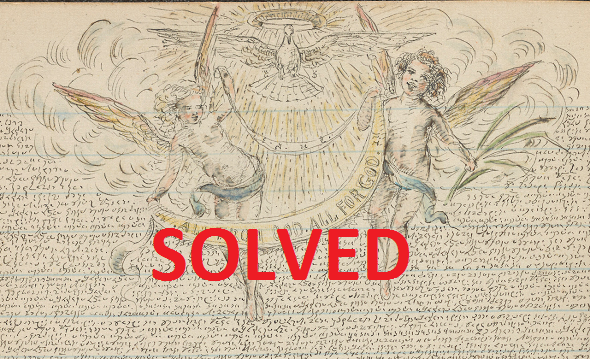
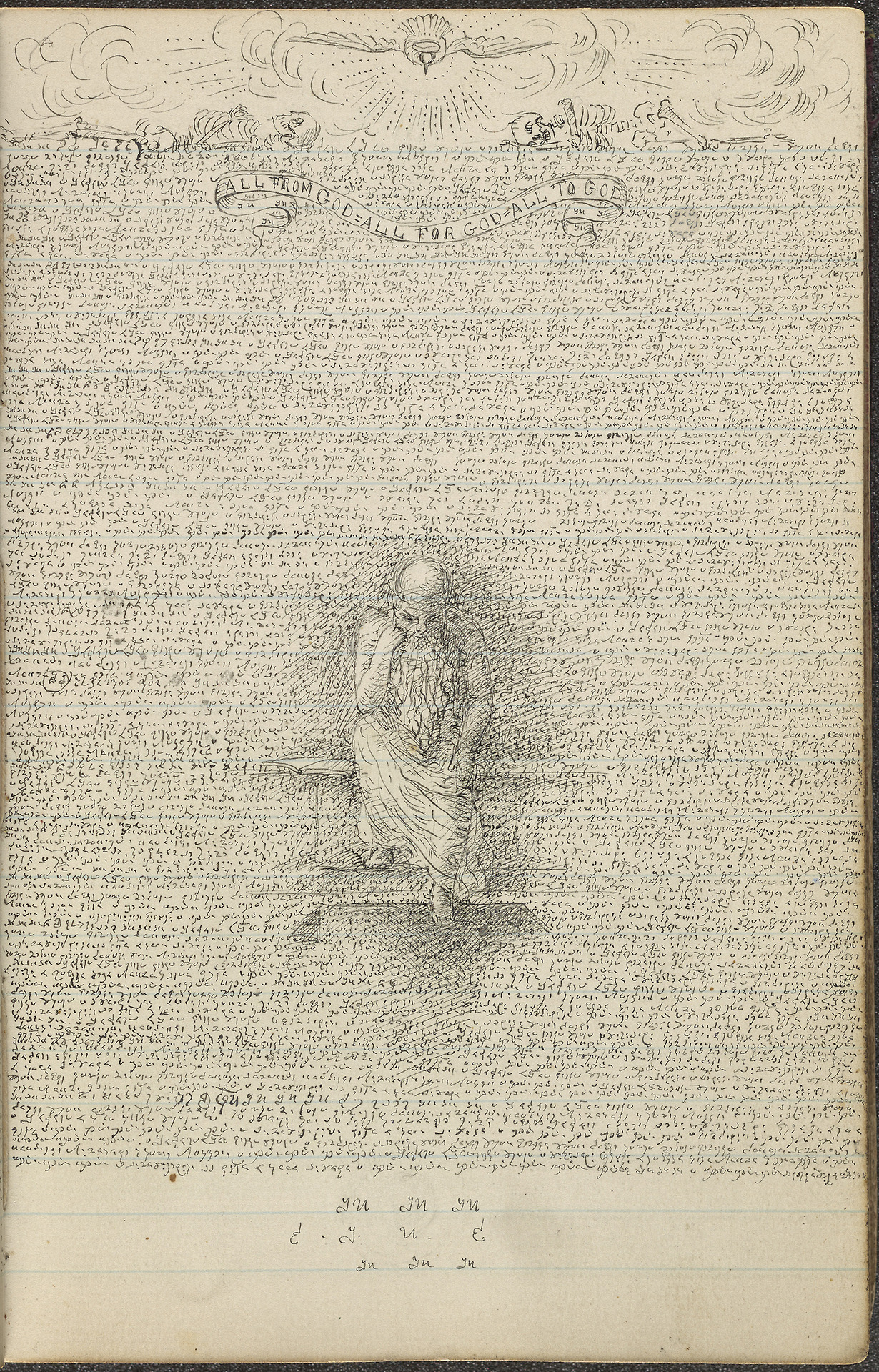

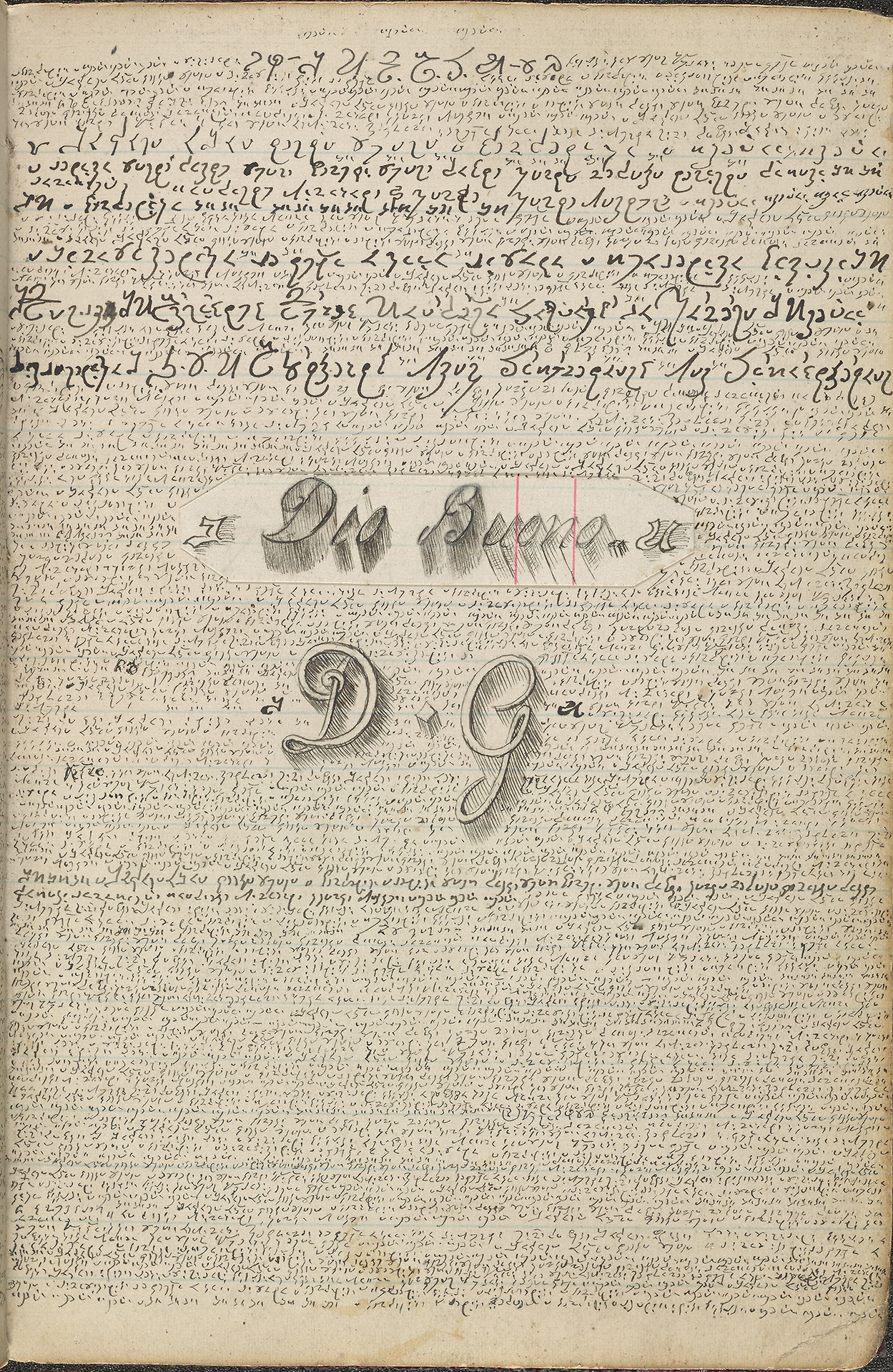
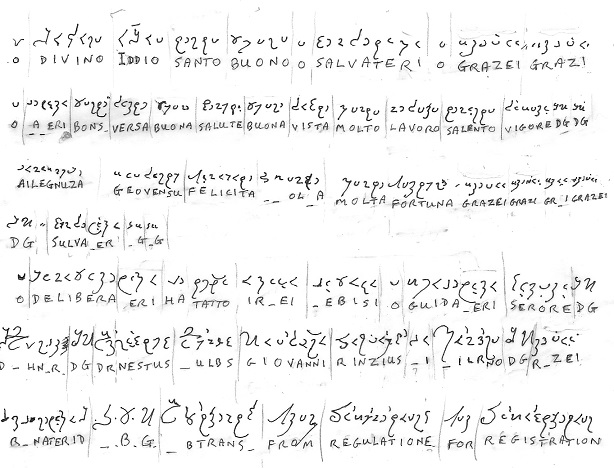
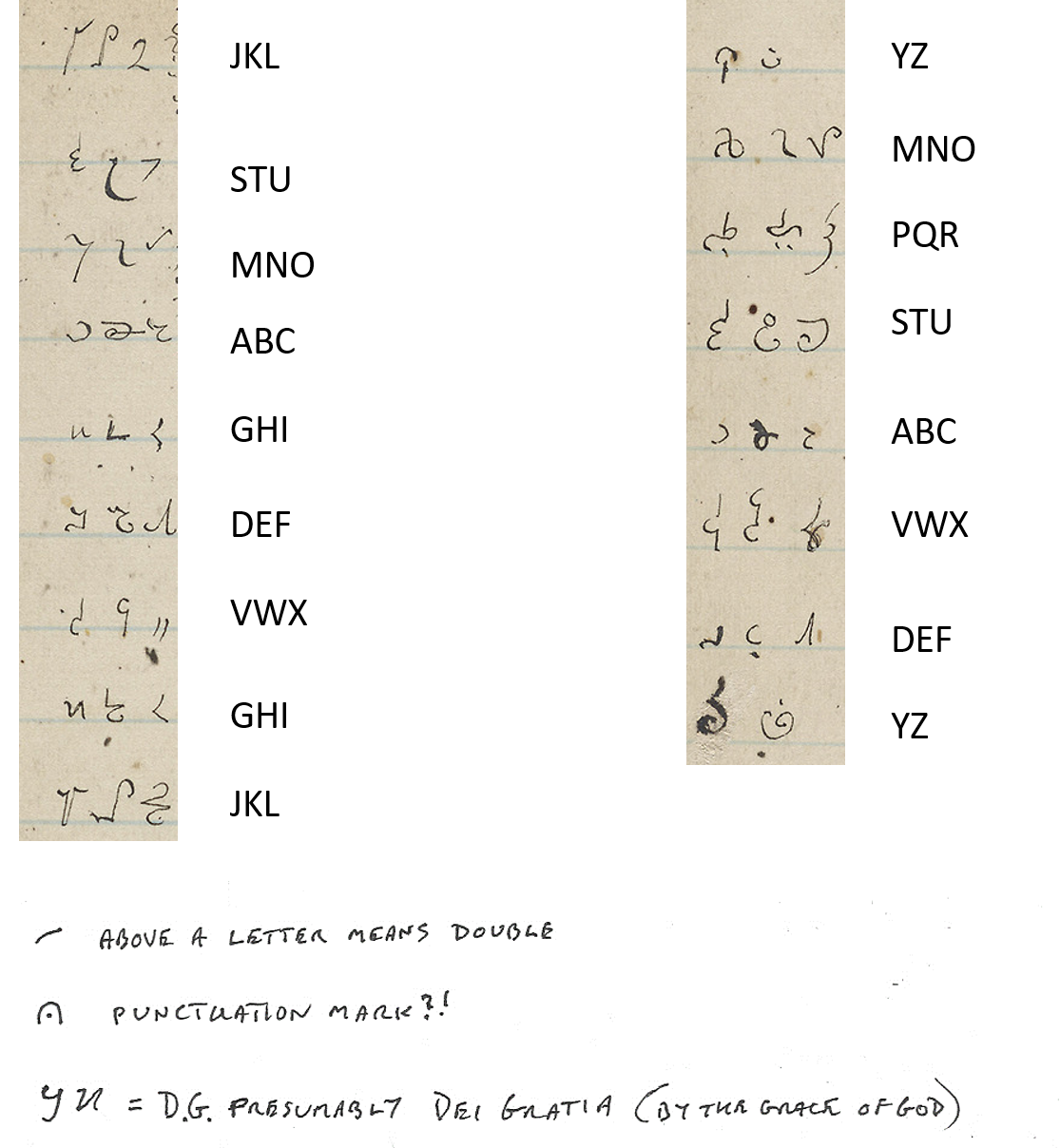


Kommentare (26)